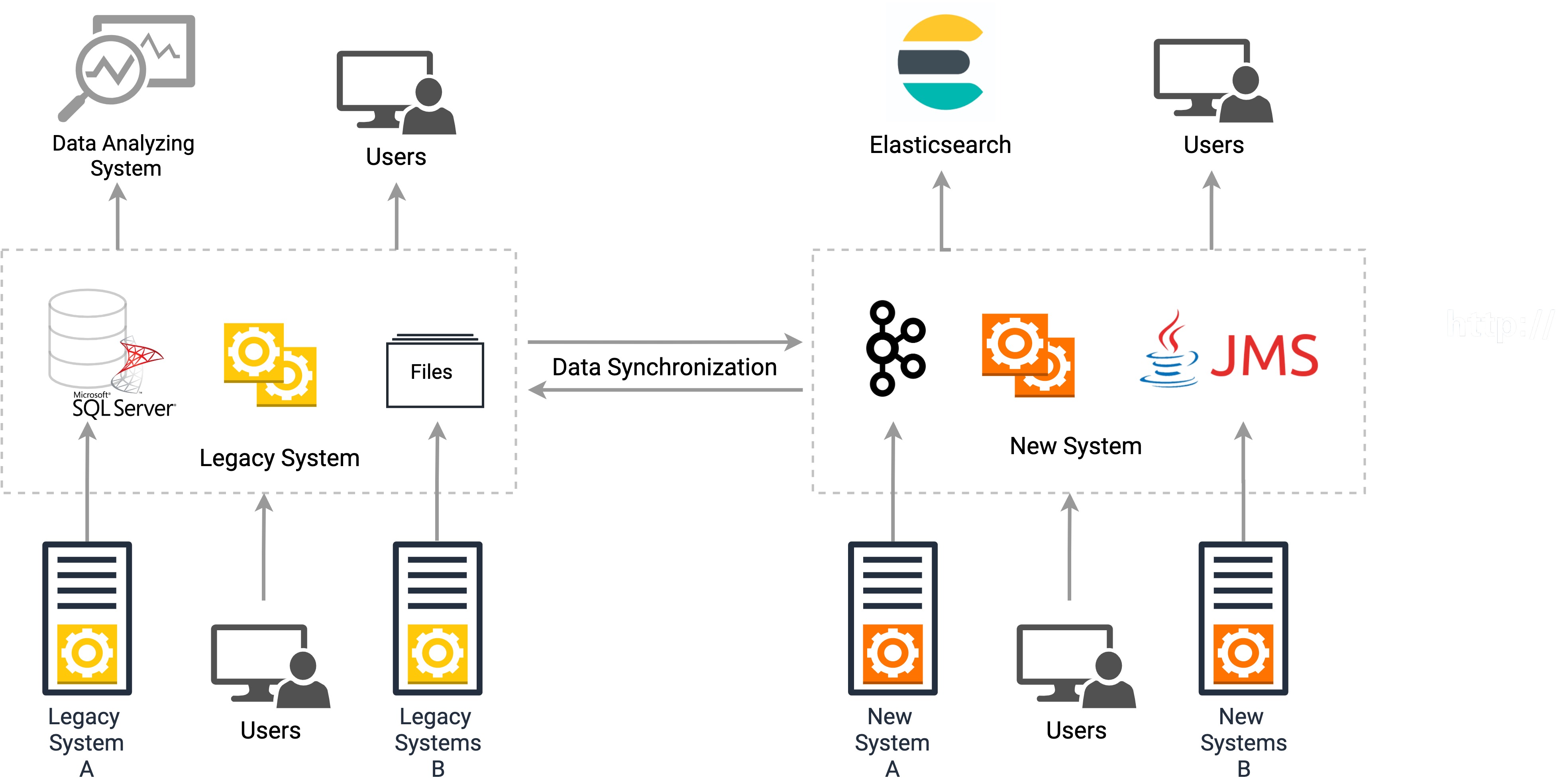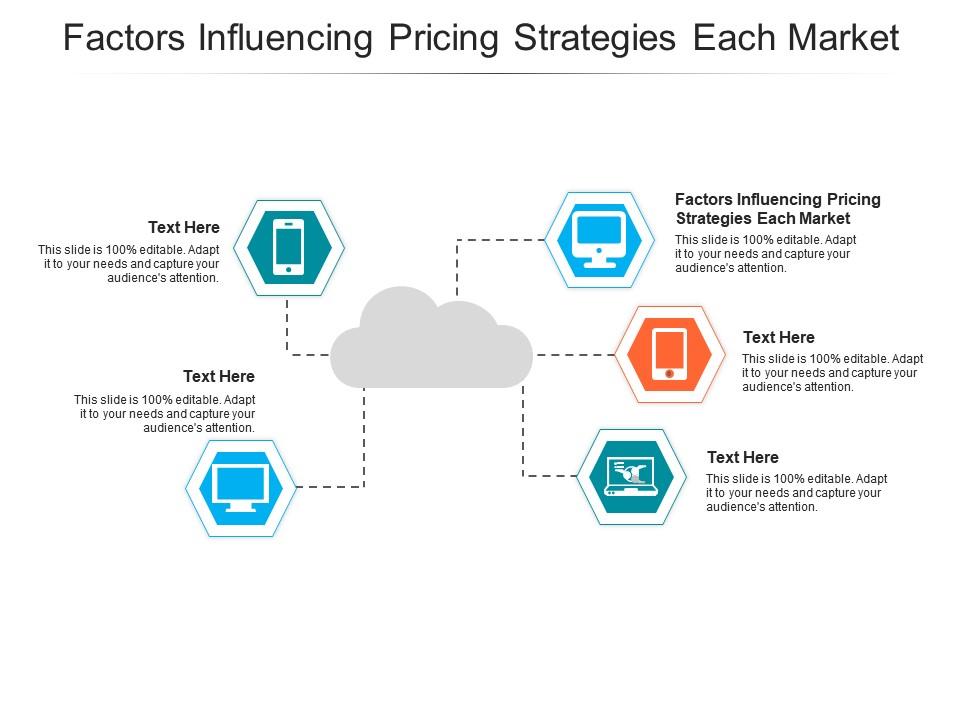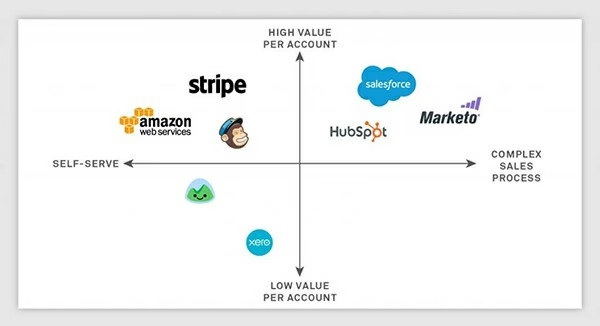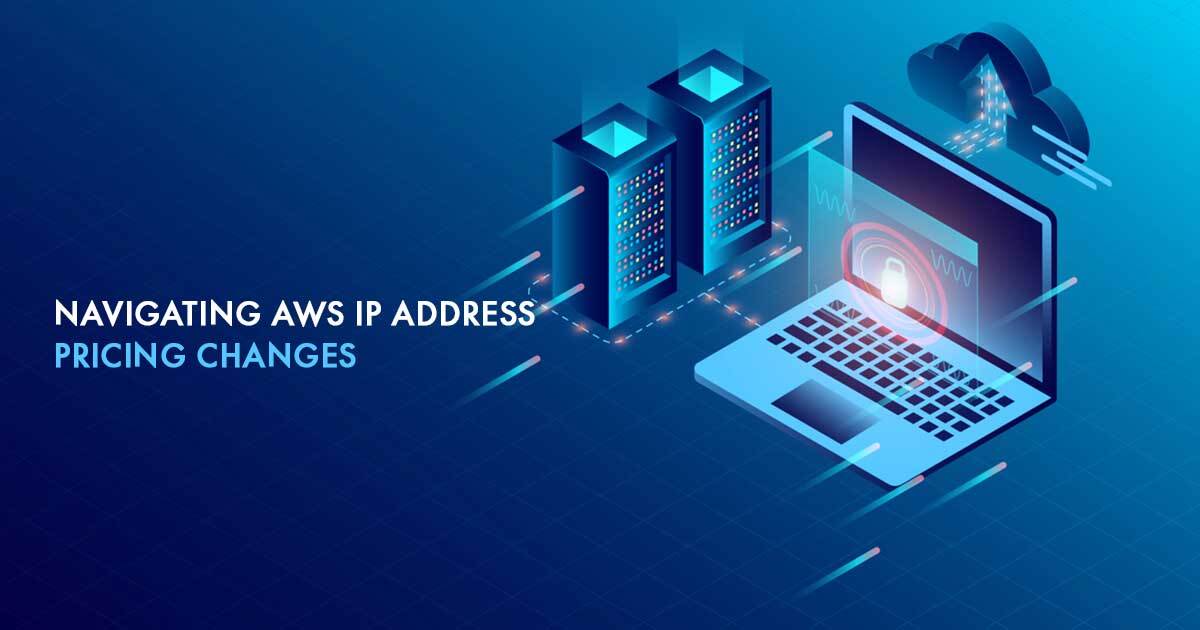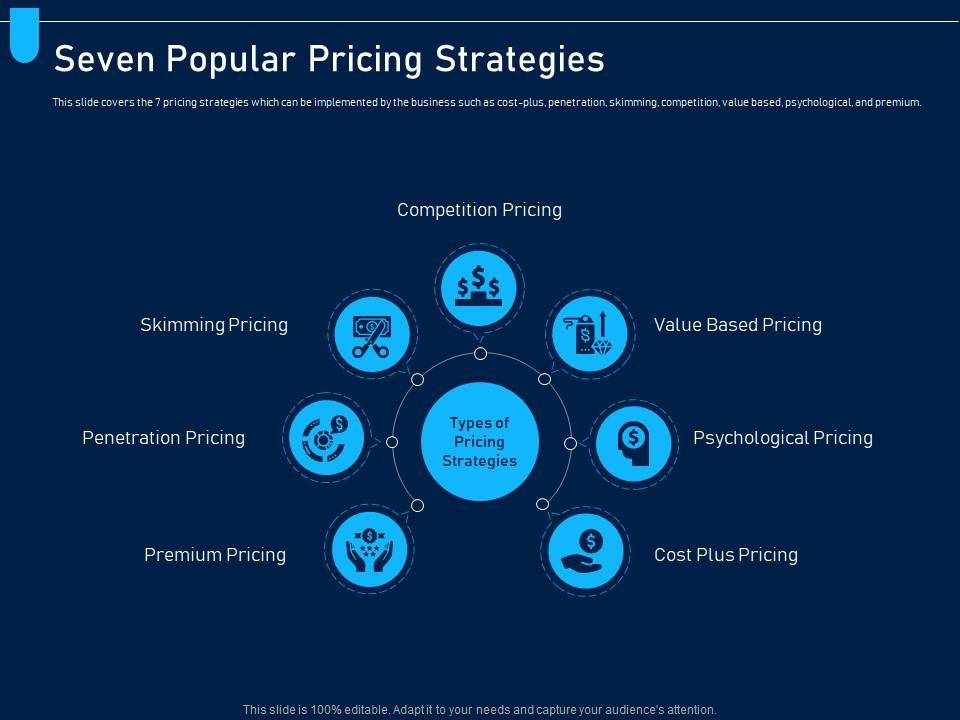What is DataSync and How Does it Work?
DataSync is a powerful data integration and synchronization platform designed to streamline the process of transferring and consolidating data across various systems and applications. By leveraging DataSync’s robust features and capabilities, businesses can ensure their data remains accurate, up-to-date, and accessible, thereby driving operational efficiency and enhancing decision-making processes.
DataSync offers a wide range of features, including real-time data synchronization, customizable data mappings, support for various data formats, and seamless integration with popular business applications. With its intuitive user interface and flexible pricing models, DataSync has become a go-to solution for organizations of all sizes seeking to optimize their data management strategies.
In this comprehensive guide, we will delve into the various aspects of DataSync pricing, providing you with a clear understanding of how costs are calculated, the different pricing models available, and actionable strategies for optimizing your DataSync expenses. By the end of this article, you will be well-equipped to make an informed decision regarding DataSync pricing and its potential impact on your business.
Factors Influencing DataSync Pricing
When evaluating DataSync pricing, it is crucial to consider several factors that can significantly impact the overall cost. These factors include:
- Data volume: The amount of data transferred and stored plays a substantial role in determining DataSync pricing. Generally, higher data volumes result in increased costs.
- Transfer frequency: The frequency at which data is synchronized or transferred also contributes to the pricing structure. More frequent transfers can lead to higher costs.
- Storage requirements: The amount of storage space needed for your data can significantly affect DataSync pricing. Storage costs may vary depending on the duration of data retention and the specific storage options chosen.
- Integration complexity: The complexity of integrating DataSync with your existing systems and applications can influence the pricing. More intricate setups may require additional resources or customization, thereby increasing costs.
- Support and maintenance: The level of support and maintenance required for your DataSync implementation can also impact the pricing. Higher levels of support may result in increased costs.
Understanding these factors is essential for accurately estimating your DataSync expenses and making informed decisions regarding your data integration strategy. In the following sections, we will explore the various pricing models offered by DataSync and provide actionable tips for optimizing your costs.
DataSync Pricing Models: An In-Depth Analysis
DataSync offers a variety of pricing models designed to cater to the diverse needs of its customers. These models include:
- Pay-as-you-go: This model allows users to pay for only the data transfer and storage resources they consume. It offers flexibility and scalability, making it an ideal choice for businesses with fluctuating data requirements.
- Monthly subscriptions: DataSync provides several monthly subscription plans, offering a fixed cost for a predetermined set of data transfer and storage resources. These plans are suitable for businesses with consistent data needs and can help reduce overall costs.
- Enterprise plans: Customized pricing models are available for large enterprises with extensive data integration requirements. These plans often include dedicated support, custom features, and volume discounts.
Each pricing model has its unique benefits and drawbacks. For instance, pay-as-you-go models offer flexibility but can result in higher per-unit costs, while monthly subscriptions provide cost predictability but may lead to resource wastage if data requirements change.
When evaluating DataSync pricing models, consider your business’s specific needs, budget, and growth potential. It is also essential to regularly review your data usage patterns and adjust your pricing model accordingly to optimize costs and ensure you are getting the best value for your investment.
How to Optimize DataSync Costs: A Step-by-Step Guide
To maximize the value of your DataSync investment, consider implementing the following strategies to optimize costs:
1. Optimize data transfer frequencies
Schedule data synchronization tasks during off-peak hours to reduce the burden on your data infrastructure and minimize costs. Additionally, evaluate your data dependencies and ensure that synchronization tasks are only executed when necessary.
2. Compress data
Implement data compression techniques to reduce the amount of data transferred, thereby minimizing costs. DataSync supports various data compression algorithms, making it easy to integrate this optimization into your data workflows.
3. Utilize storage more efficiently
Review your storage requirements and eliminate any redundant, outdated, or unnecessary data. Implement data archiving strategies to move infrequently accessed data to lower-cost storage options, further reducing your DataSync expenses.
4. Leverage automation
Automate data synchronization tasks and workflows to minimize manual intervention and potential errors. DataSync offers robust automation capabilities, allowing you to streamline your data integration processes and reduce costs.
5. Monitor and analyze usage patterns
Regularly review your DataSync usage patterns to identify any trends, inefficiencies, or areas for improvement. Adjust your data integration strategies and pricing model accordingly to optimize costs and ensure you are getting the best value for your investment.
Real-World DataSync Pricing Examples: A Closer Look
To better understand DataSync pricing, let’s explore some specific scenarios and their potential costs:
Small Business
For a small business with moderate data requirements (up to 1 TB of data transfer per month and 100 GB of storage), a monthly subscription plan would likely be the most cost-effective option. Assuming an average cost of $0.10 per GB for data transfer and storage, the estimated monthly cost would be around $110.
Large Enterprise
A large enterprise with extensive data needs (5 TB of data transfer per month and 1 TB of storage) may benefit from an enterprise plan, which offers volume discounts and dedicated support. Assuming a discounted rate of $0.08 per GB, the estimated monthly cost would be approximately $560, not including any additional fees for support or custom features.
Individual User
An individual user with minimal data requirements (up to 100 GB of data transfer per month and 10 GB of storage) might prefer a pay-as-you-go plan. At a rate of $0.10 per GB, the estimated monthly cost would be around $11, offering flexibility and scalability as data needs change.
It is essential to note that these examples are for illustrative purposes only and that actual DataSync pricing may vary depending on specific factors and individual use cases. Carefully evaluate your data integration needs and budget before selecting a pricing model to ensure you are getting the best value for your investment.
DataSync Pricing vs. Competitors: A Comparative Study
When evaluating DataSync pricing, it is essential to compare it with that of its competitors to ensure you are making an informed decision. Here, we will compare DataSync pricing with two popular alternatives: Competitor A and Competitor B.
Competitor A
Competitor A offers a similar set of features and capabilities as DataSync but with a slightly lower data transfer rate of $0.07 per GB. However, Competitor A charges higher storage fees, at $0.15 per GB, and has limited automation capabilities. This pricing structure may be more suitable for businesses with lower data transfer requirements but higher storage needs.
Competitor B
Competitor B, on the other hand, provides a more comprehensive feature set, including advanced data compression and real-time data synchronization. While Competitor B’s data transfer rate is slightly higher than DataSync’s, at $0.11 per GB, it offers competitive storage fees of $0.10 per GB. This pricing model may be more attractive to businesses that require advanced data integration features and real-time data synchronization.
When comparing DataSync pricing with its competitors, consider the specific needs and requirements of your business. Factors such as data volume, transfer frequency, storage needs, and desired features should all be taken into account to ensure you are choosing the most cost-effective and suitable solution for your organization.
Navigating DataSync Pricing Changes: A Survival Guide
Potential pricing changes for DataSync can have a significant impact on your business. Here, we offer advice on how to adapt and respond to such changes, as well as strategies for negotiating prices, monitoring usage, and seeking alternative solutions.
Stay informed about pricing updates
Regularly check DataSync’s official website and communication channels for any updates on pricing changes. This will help you stay prepared and make adjustments to your data integration strategy as needed.
Negotiate prices with DataSync
If you are a long-term DataSync customer or have high data volume requirements, consider negotiating prices directly with DataSync. They may offer discounts or customized pricing models that better suit your needs.
Monitor your data usage
Regularly review your data transfer and storage usage to identify any inefficiencies or areas where costs can be reduced. Implementing data optimization strategies, such as compressing data or adjusting transfer frequencies, can help minimize costs.
Evaluate alternative solutions
Periodically assess the market for alternative data integration solutions that may better meet your needs or offer more competitive pricing. Be sure to compare features, capabilities, and pricing structures before making a decision.
By staying informed, negotiating prices, monitoring usage, and seeking alternative solutions, you can effectively navigate DataSync pricing changes and ensure your business continues to operate efficiently and cost-effectively.
Making an Informed DataSync Pricing Decision: Key Considerations
When evaluating DataSync pricing, it is crucial to consider various factors to ensure you make an informed decision that aligns with your business needs and budget. Here is a checklist of key considerations and factors to weigh when assessing DataSync pricing:
- Data volume and transfer frequency requirements
- Storage needs and retention policies
- Desired features and capabilities
- Potential for future growth and scalability
- Available pricing models (pay-as-you-go, monthly subscriptions, enterprise plans)
- Pricing differences between DataSync and its competitors
- Strategies for optimizing DataSync costs (data compression, adjusting transfer frequencies, etc.)
- Potential pricing changes and strategies for adapting and responding
By carefully weighing these factors and considering the information provided throughout this guide, you can make an informed DataSync pricing decision that meets your business needs and supports your data integration strategy.

